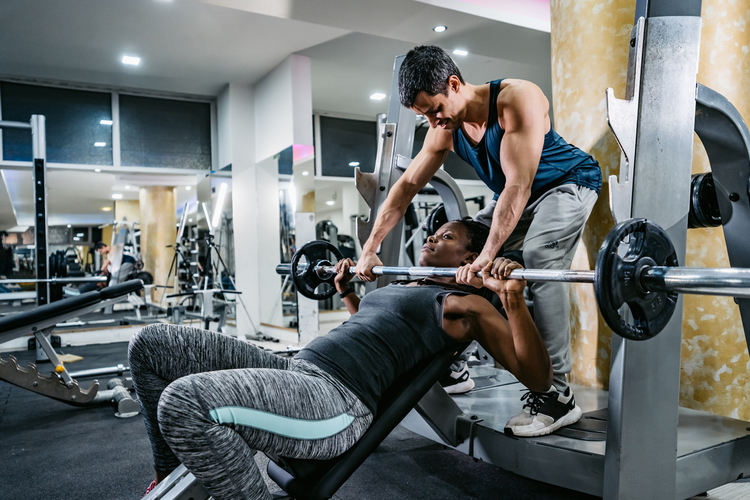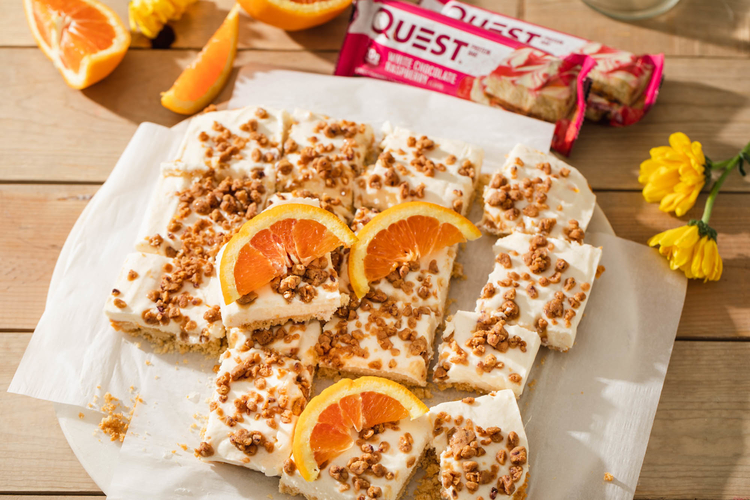5 Things to Look For in a High Quality Protein Bar
If you are looking for your new favorite protein bar, you definitely want it to taste good, but you also want to make sure that it has the right set of nutrients to fuel your body and aid in muscle repair post-workout.
So, what might you look for on the label? You will want to read about the different nutrients inside and check for any weird additives or sweeteners—both of which you want to avoid for sure. Here’s what you’ll want in a protein bar that does its job of satisfying your craving and benefiting your body at once.

A Good Source of Protein
You’ll want a bar that has 15+ grams of protein, with those having 20 grams being even better. Why? Protein is important to keeping you full and for building muscles, and if you’re aiming to get a protein bar for a post-workout snack or meal replacement when on the go, you want one with enough to do its duty. Go for clean sources, like whey protein, or a pea protein (for those with digestive issues with lactose).

Types of Sweeteners
You’re better off having a bar that is low in sugar, as well as carbs, to avoid any blood sugar spikes. For instance, you can go with a better-for-you sweetener that won’t affect levels or cause swings, such as monk fruit, erythritol, or stevia. That’s why those on keto or low-carb diets choose those, since they do not get absorbed the same way and are better for your health.
They do not cause any major blood sugar spikes and are often easier to digest. If you feel any GI discomfort, you may have sensitivity, but you should be fine, as these are used in small doses for protein bars.
Avoid bars that are high in sugar—you can still get great, dessert-like flavors without all the junk. If you find low-carb and low-sugar ones, they should have below 5 grams of both carbs and sugar (some have 1 gram even or zero!).

Excellent Flavor
Beyond being good for you, that bar should also taste great! You don’t want to bite into cardboard just to make sure you’re repairing muscles and getting the nutrients you need. Look for delicious flavors, like Caramel Chocolate Chunk, Blueberry Muffin, and Birthday Cake. These will hit that sweet spot and make the bar feel like more of an indulgence or treat, rather than being a wholesome, healthy snack.

High Fiber
Fiber works with protein to fill you up, and it can keep you regular and promote healthy digestion, so you want a bar that also has a good fiber source. That fiber will make sure you have ease during the day and during workouts, where you aren’t feeling lethargic and backed up or running to the bathroom mid-workout. Look for bars that have 10+ grams.
There are some fibers that can cause GI upset, such as chicory root fiber and IMO fiber. Always be sure to check the nutrition label if you’re prone to digestive issues with fiber. Quest Protein Bars and products use Soluble Corn Fiber, which is an FDA-recognized fiber source.

A Good Calorie Range
If the protein bar is a meal replacement, you can get away with one that’s 350-400 calories, but it’s for a pre- or post-workout snack or to settle mid-day munchies, that is way overboard. That’s a full meal—the excess in calories can lead to weight gain in time and it can make you feel tired and too full, too.
Instead, treat the protein bar calorie range as you would another type of snack, keeping it between 150 and 250 calories. This will make sure you’re getting the right nutrients you are looking for in high amounts but for fewer calories. You can even add in something else then, such as a drizzle of nut butter on top or a cup of berries for added antioxidants and fiber!



